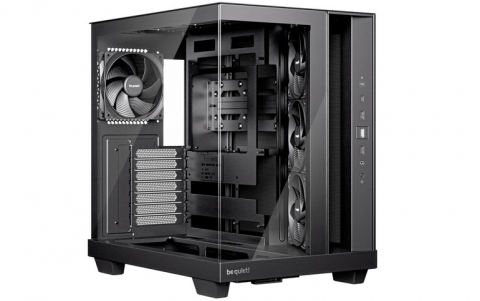
Philips Intros Triple Laser Pickup
Philips has demonstrated a prototype optical disc drive that reads and writes CD, DVD and Blu-ray Discs.
To create the drive, the company has had to combine three lasers: a blue one for Blu-ray, red for DVD and IR for CD.
"It would have been feasible to read a CD with red, but to read a CD-R you need IR," Hans Driessen of Philips Research told Electronics Weekly.
Dubbed OPU81, the pick-up's infra-red (780nm), red (650nm) and blue (405nm) lasers to share the same optical pathway.
The company has used discrete laser devices, as opposed to tightly-integrating laser die as some manufacturers have, according to Driessen. This allows Philips to easily up-date its design as devices become available.
"By using three standard lasers, we don't need to re-design it for say a 4x [speed] blue laser. We just buy it from the market and put it in the space," he said.
A single detector has been combined with holographic lenses instead of separate objective lenses to accommodate three wavelengths and three disc protection layer thicknesses.
Several solutions have been proposed for meeting these requirements, including integrated triple-laser chips, multiple detectors and separate objective lenses each optimized for a specific wavelength and disc thickness. Even adding a separate Blu-ray pick-up to a CD-DVD drive has been considered, Philips said.
Mass production of the pick-up, which weighs 50g, will start in 2006.
"It would have been feasible to read a CD with red, but to read a CD-R you need IR," Hans Driessen of Philips Research told Electronics Weekly.
Dubbed OPU81, the pick-up's infra-red (780nm), red (650nm) and blue (405nm) lasers to share the same optical pathway.
The company has used discrete laser devices, as opposed to tightly-integrating laser die as some manufacturers have, according to Driessen. This allows Philips to easily up-date its design as devices become available.
"By using three standard lasers, we don't need to re-design it for say a 4x [speed] blue laser. We just buy it from the market and put it in the space," he said.
A single detector has been combined with holographic lenses instead of separate objective lenses to accommodate three wavelengths and three disc protection layer thicknesses.
Several solutions have been proposed for meeting these requirements, including integrated triple-laser chips, multiple detectors and separate objective lenses each optimized for a specific wavelength and disc thickness. Even adding a separate Blu-ray pick-up to a CD-DVD drive has been considered, Philips said.
Mass production of the pick-up, which weighs 50g, will start in 2006.


















